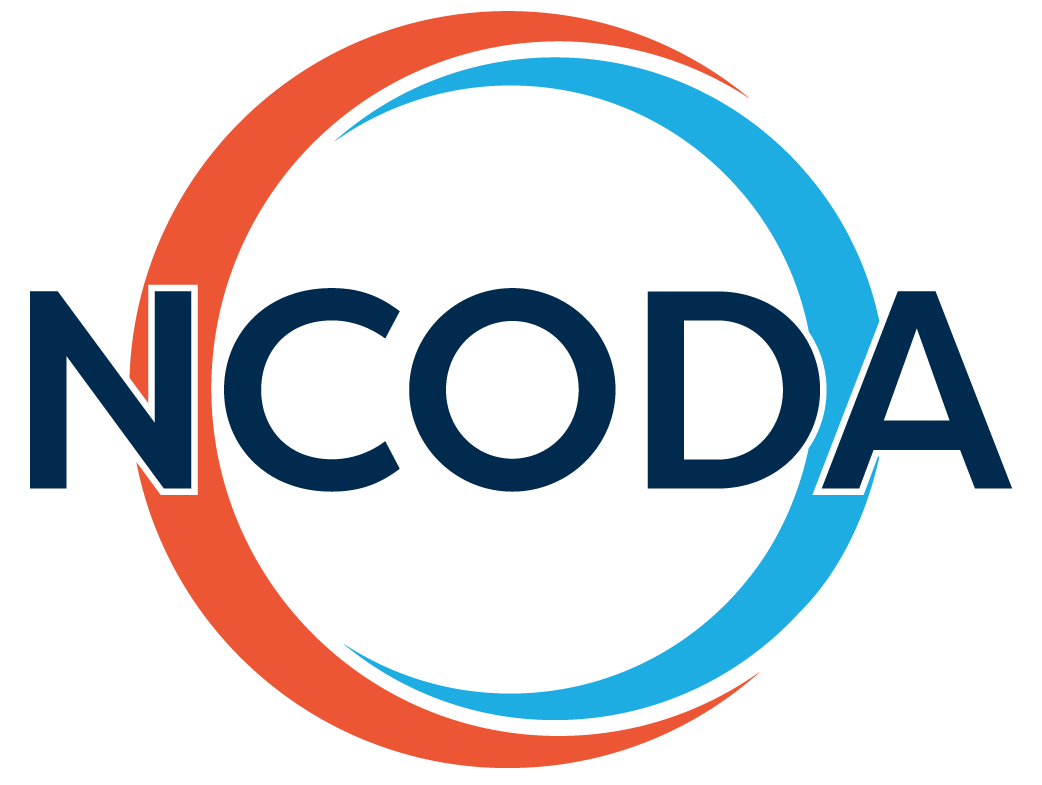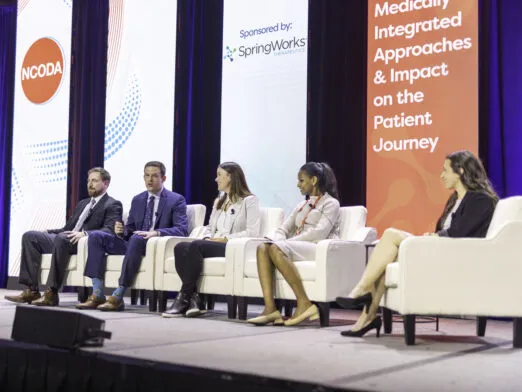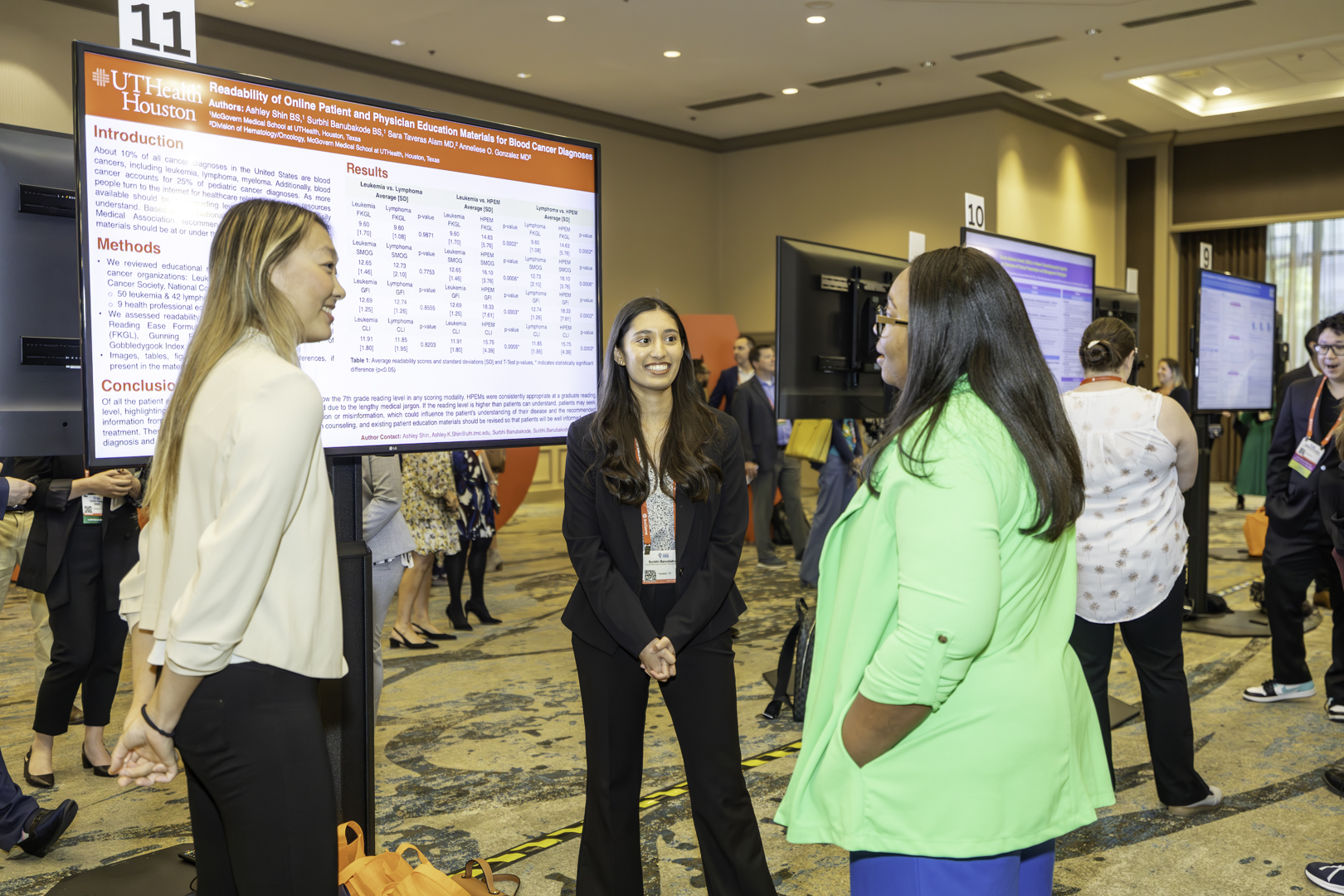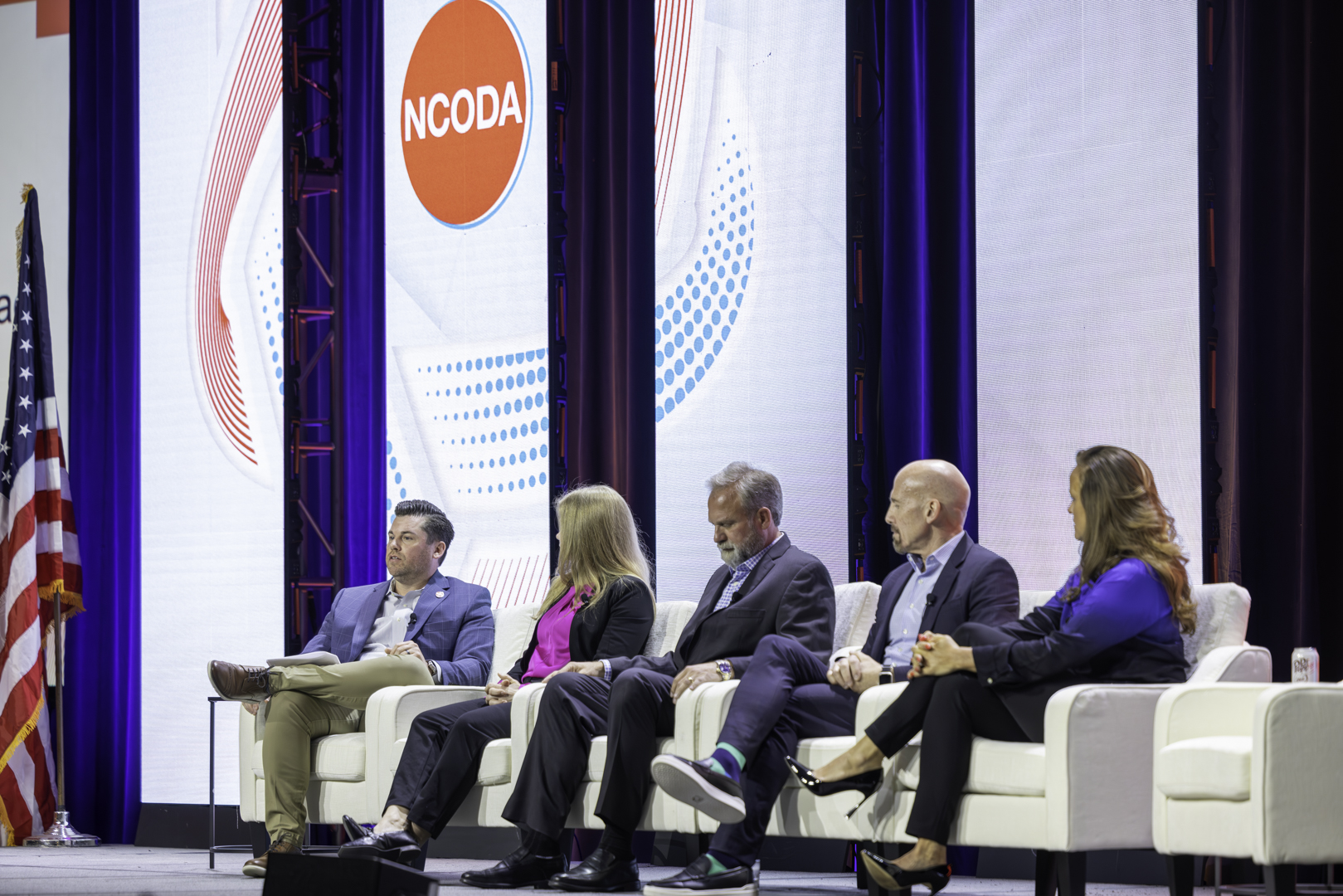OncolyticsToday: Medicare Reforms for 2025
Published Date: April 1, 2024

PATIENTS STILL TURNING TO CHARITABLE ASSISTANCE DESPITE MEDICARE REFORMS
By Amy Niles, MBA
High out-of-pocket (OOP) costs for prescription drugs can force patients to delay or forego necessary medications and treatments. In fact, a Kaiser Family Foundation poll found that 43% of U.S. adults report that they or a family member in their household has put off or postponed needed healthcare due to cost.1
And while pharmaceutical manufacturers can, and do, directly assist uninsured or commercially insured patients with their copays through their patient assistance programs, they are unable to provide direct support to patients enrolled in federally funded insurance programs — including Medicare Part D — due to federal regulations.
Independent charitable patient assistance foundations and healthcare advocacy organizations, like the PAN Foundation, exist to fill this gap in the safety net for thousands of federally insured patients every year who often live on fixed incomes, have multiple chronic illnesses, and face significant challenges affording their OOP prescription medication costs.2 Without an organization like the PAN Foundation, these patients would have nowhere else to turn.
NEW MEDICARE REFORMS IN 2025
In 2022, six new Medicare Part D reforms were passed as part of the Inflation Reduction Act, an important step toward healthcare access, affordability and equity for millions of Medicare beneficiaries.3
Most notably, these reforms include a $2,000 OOP cap for prescription medications for people with Medicare Part D that goes into effect in 2025. After 2025, the Part D cap will increase each year at the rate of growth per capita Part D costs. While most other health insurance plans have had a cap on OOP spending for years, this marks the first time those enrolled in Part D plans will have one.
This Medicare Part D cap is automatic and applies to everyone enrolled in Part D plans through traditional Medicare and Medicare Advantage plans. It’s expected to help all Medicare Part D beneficiaries, especially those who have high OOP prescription medication costs.
In addition to the cap, a new opt-in program, known as the Medicare Prescription Payment Plan, also will go into effect in 2025. Prescription drug plans are required to offer enrollees with Part D coverage the opportunity to opt-in to the plan, which allows OOP prescriptions costs to be spread out monthly throughout the calendar year.
Since this is a voluntary program, people must take action to join and take advantage of this new reform. As with the cap, people with Part D coverage through traditional Medicare and Medicare Advantage programs are eligible to participate in the prescription plan. And while it will not lower OOP costs, the plan offers a way to manage expenses and budget OOP costs more easily.
THE REFORMS IMPACT ON AFFORDABILITY
So, what do these reforms mean when it comes to patient affordability? Through in-depth research by Avalere and our own national polling as part of our Center for Patient Research, we’ve been at the forefront of understanding how these reforms may impact patients enrolled in Medicare Part D — particularly the new $2,000 OOP cap.4
According to our research and polling, many Medicare Part D enrollees will still struggle with affordability even after the new regulations make it easier to begin and continue taking their prescription drugs. This is especially true among therapeutic areas such as autoimmune conditions, multiple sclerosis and HIV, and other communities experiencing health disparities and inequities, such as indigenous peoples and lower-income individuals.
In fact, Avalere projects that more than 2.6 million adults enrolled in Medicare Part D will have OOP spending high enough to reach the new $2,000 annual cap when it comes into effect in 2025.5 And when looking at beneficiaries within only eight key therapeutic areas, Avalere projects about 182,000 to 410,000 people will likely spend more than 10% of their estimated annual income on OOP costs for prescription medication each year.6 This leaves them effectively underinsured and at increased risk of delaying or forgoing treatment.
WHAT PATIENTS ARE SAYING
For the more than 50 million adults in the U.S. enrolled in Medicare Part D, OOP costs for prescription medications are just one part of their overall cost of care. This doesn’t account for their other healthcare costs (e.g., insurance premiums, doctor’s office copays, lab tests and other diagnostic tests, etc.) or living expenses, such as housing/rent, food, utilities, clothing, or transportation. Our national polling found about 75% of adults said it would be difficult to afford $2,000 in OOP prescription costs each year.7 Affordability concerns were especially high among Black and Hispanic adults, adults with incomes under $50,000, and adults with chronic or rare diseases.
In fact, about 60% of respondents whose current prescription drug costs don’t exceed $2,000 said they would cut back on food-related expenses if they were faced with that total. Others reported they would cut back on utilities or
other medical expenses. In addition to our polling, we’ve heard directly from patients from across the country who have indicated they’d still struggle to afford $2,000 in prescription medication costs and need charitable assistance for help.
“The financial strain that it would cause to have to pay $2,000 out of pocket — I wouldn’t be able to do what I’m supposed to be doing,” said Marlene, a patient from Alabama living with leukemia.
“Please keep in mind that those of us who are older and can’t make lots of money need these foundations and don’t need an extra $2,000 on our plate.”
CONTINUED NEED FOR CHARITABLE ASSISTANCE
It’s clear that while these reforms are an important step in the right direction, many patients will continue to struggle. And since individuals enrolled in Medicare Part D and other federally funded insurance programs are unable to use manufacturer assistance, they must rely on organizations like us to serve as a safety net when they can’t afford their medications.
The PAN Foundation remains committed to providing financial assistance through our 70+ disease funds, including more than 20 oncology-specific funds. By helping with OOP prescription costs, we allow these patients to focus on what matters most — receiving the treatment they need. We’ll also continue to advocate for improved healthcare access, affordability, and equity so that all people can live the life they deserve.
For as long as patients face high OOP prescription costs and face healthcare access issues, we will be here providing them with financial assistance, advocacy support and educational resources.
Additional Information
1. Lopes L, Montero A, Presiado M, Hamel L. Americans’ Challenges with Health Care Costs. Kaiser Family Foundation. Published March 1, 2024. Accessed July 3, 2024. https://www.kff.org/health-costs/issue-brief/americans-challenges-with-health-care-costs/.
2. Home. PAN Foundation. Accessed July 3, 2024. https://www.panfoundation.org.
3. Everything you need to know about Medicare reforms. PAN Foundation. Accessed July 3, 2024. https://www.panfoundation.org/everythingyou-need-to-know-about-medicare-reforms.
4. Center for Patient Research. PAN Foundation. Accessed July 3, 2024. https://www.panfoundation.org/center-for-patient-research.
5. Despite historic Medicare reforms charitable assistance programs still critical for many. PAN Foundation. Published January 23, 2023. Accessed July 3, 2024. https://www.panfoundation.org/despite-historic-medicare-reforms-charitable-assistance-programs-still-critical-for-many.
6. New analysis: Medicare reforms will lead to continued affordability challenges, despite increased medication uptake and adherence. PAN Foundation. Published October 18, 2023. Accessed July 3, 2024. https://www.panfoundation.org/new-analysis-medicare-reforms-will-lead-to-continued-affordability-challenges.
7. National poll: Many adults will struggle to afford medications even with Medicare reforms. PAN Foundation. Published November 15, 2022. Accessed July 3, 2024. https://www.panfoundation.org/national-poll-many-adults-will-struggle-to-afford-medications-even-with-medicarereforms.
Amy Niles, MBA, is Chief Mission Officer for the PAN Foundation in Washington, D.C.






